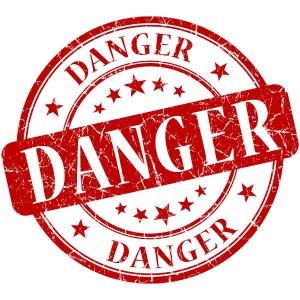Keeping Creosote Out of Your Chimney
Anyone with a chimney knows that it is important to protect it against certain things, such as animal inhabitants or water damage. However, few homeowners are aware of the dangers of having creosote built up in their chimney. Even fewer know how to properly protect their chimney and their family from the effects of this chemical compound. There are a few simple things any homeowner can do to make sure that creosote does not become an issue in their home.
Creosote is comprised of chemicals that are left behind in the chimney after certain types of treated wood and coal have been burned. When it is allowed to build up in the chimney, it presents a number of dangers. One of the most serious risks is that creosote is highly flammable and greatly increases the risk of a chimney fire. In addition, it can cause internal illnesses as well as physical injuries to anyone who comes into contact with it. It is imperative that creosote is removed from the chimney as quickly as possible — by a certified chimney sweep.
The best way to make sure that creosote does not accumulate in the chimney is to keep it clean. This means that the chimney and fireplace should be swept out after each use. In addition, it is necessary to have a certified chimney sweep come and clean out the chimney on an annual basis. Many people choose to do this at the end of the winter season so that the creosote is not sitting there all spring and summer.
It is important to keep in mind that the average homeowner should never attempt to clean the creosote on his or her own. Coming into contact with the substance can cause serious eye and skin irritations and, if inhaled, it can cause serious respiratory issues. A trained chimney sweep will know how to safely rid the chimney of the creosote and her or she will have the tools to do it properly. Although small fireplace and chimney maintenance can be done at home, a professional cleaning is a must for the sake of everyone’s safety.
Another way to reduce the amount of creosote in the chimney is to only burn appropriate materials in the fireplace. This means only wood intended for use in a fireplace that has been seasoned for at least eight months. All other materials will produce chemicals that add to the amount of creosote in the chimney. In addition, they often burn too hot and start fires that can be extremely dangerous for everyone in the home.
Many homeowners wonder how they would even know that they have an issue with creosote. If there is a strange odor coming from the fireplace, there is a good chance that there is an excessive amount of creosote in the chimney. When there is a great deal of creosote, homeowners often notice that their chimneys are smoking excessively as well. Although it can be a dangerous problem to have, the good news is that it is fairly easy to tell if creosote might be an issue.
Becoming aware of the dangers of creosote is the first step to preventing it in the home. All homeowners should realize the seriousness of the situation and do everything they can to keep the substance from building up in their chimneys. Only burn the appropriate materials in the fireplace and be sure to maintain the chimney with a professional cleaning each year.

